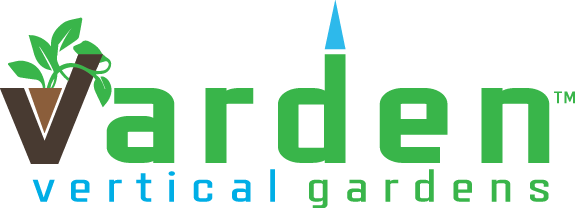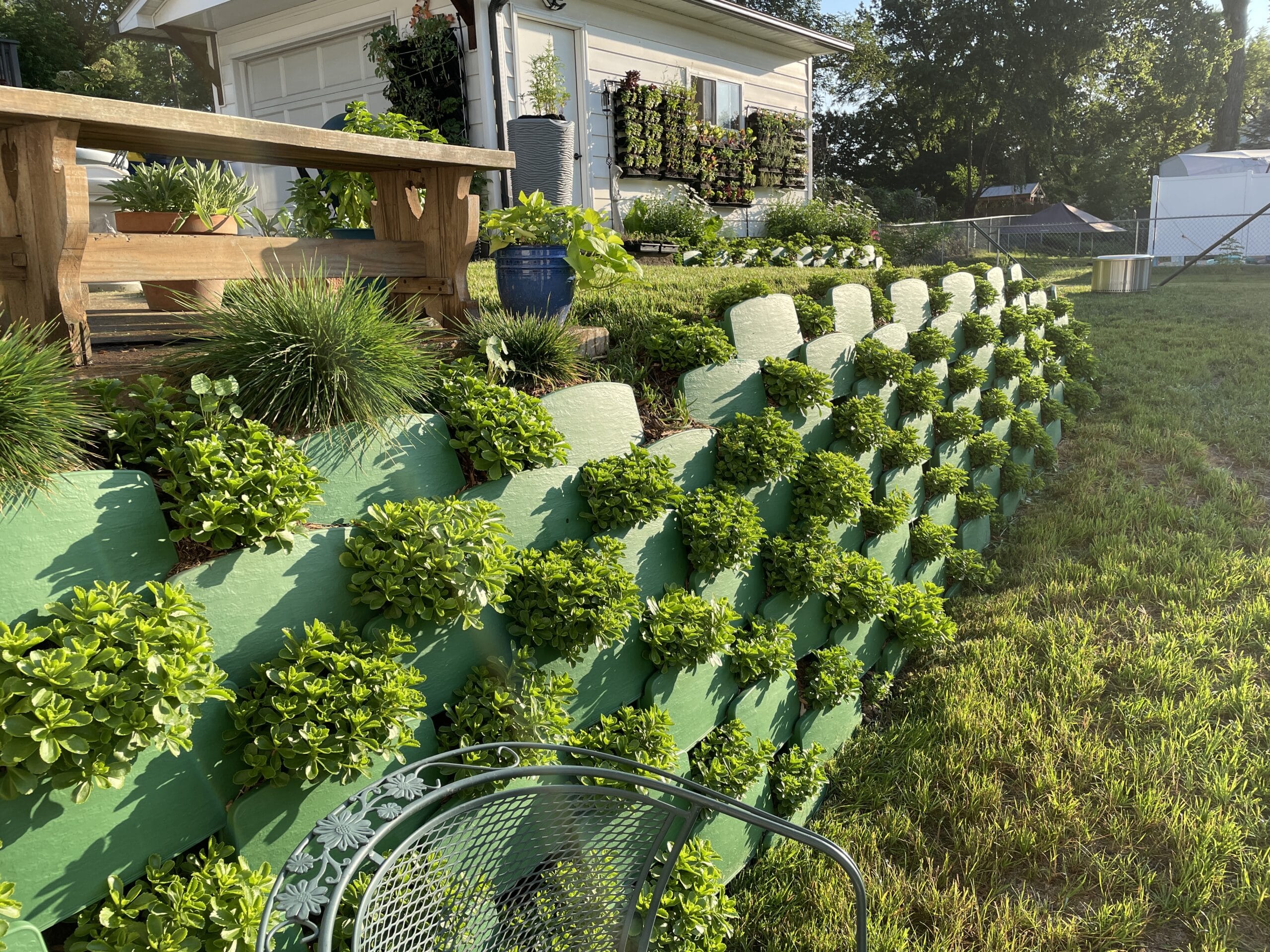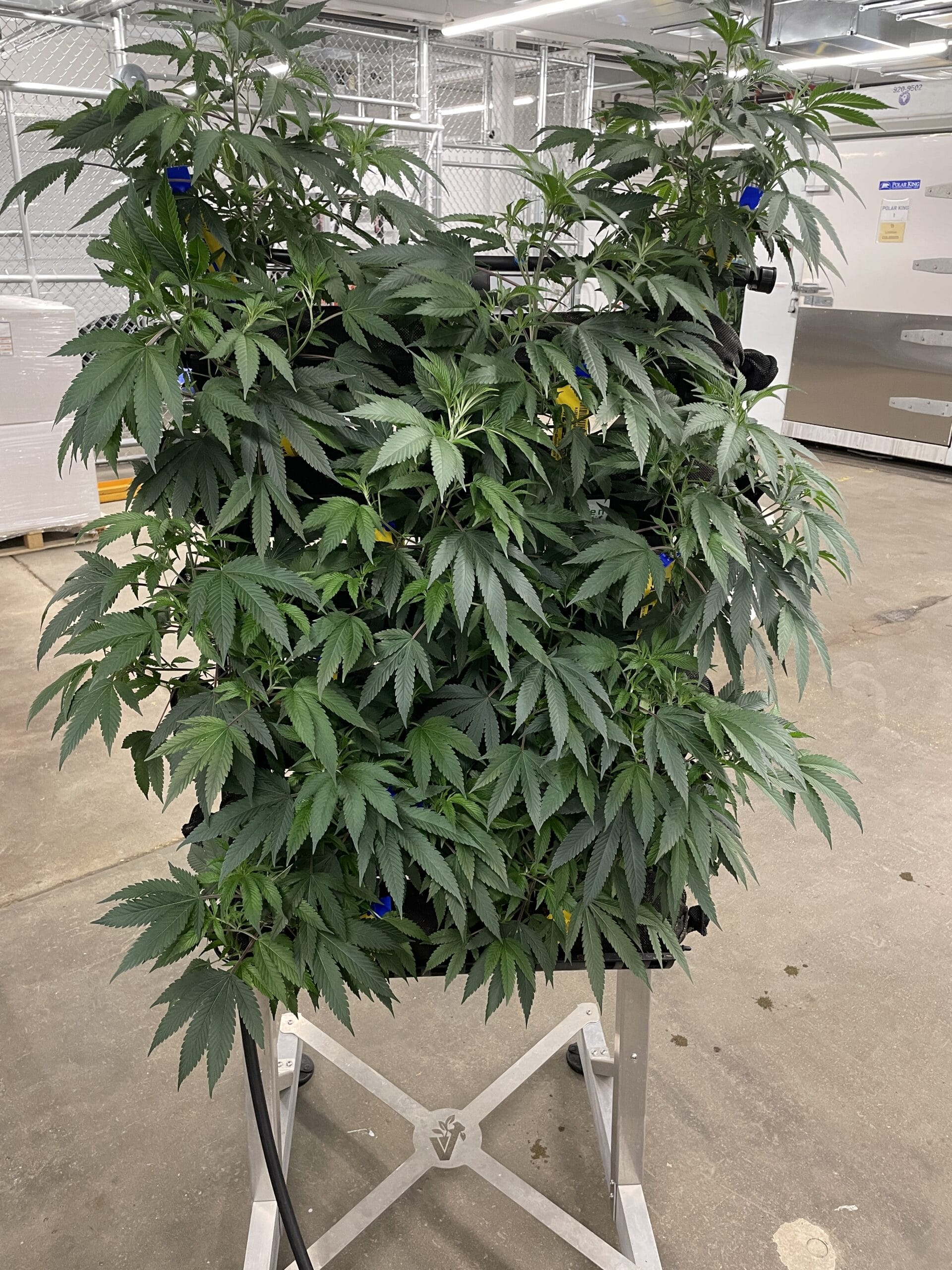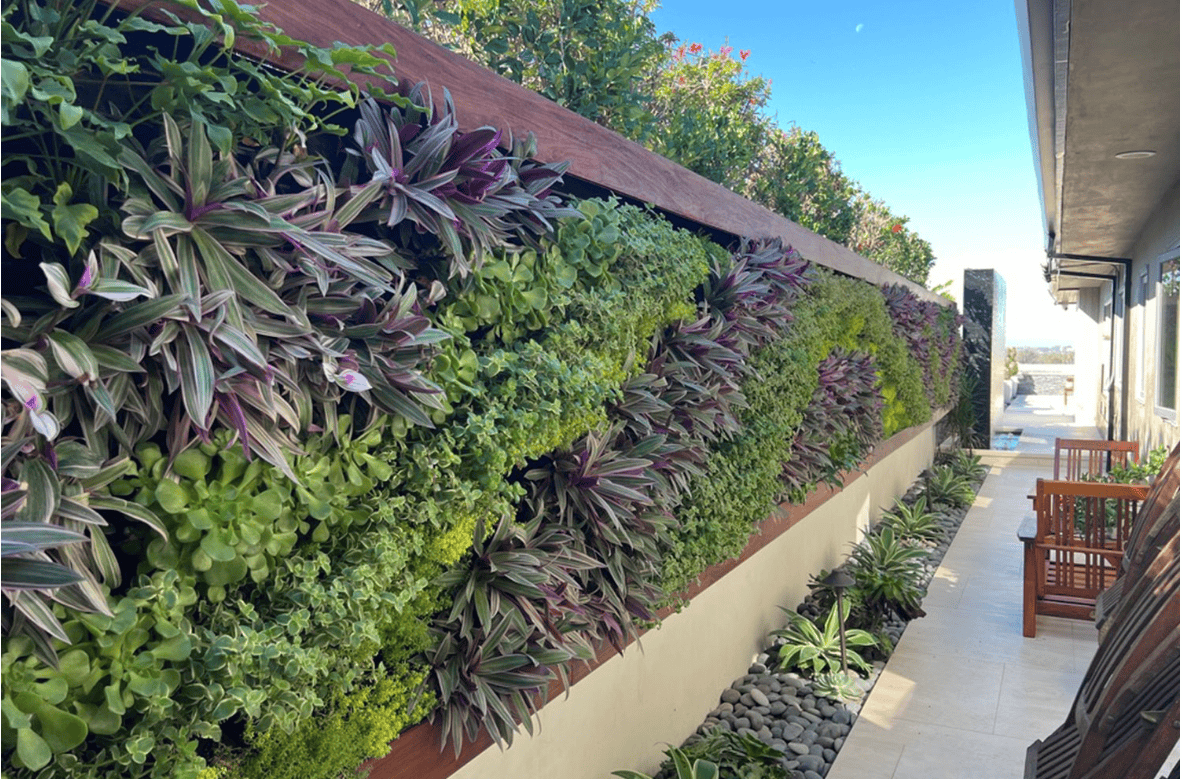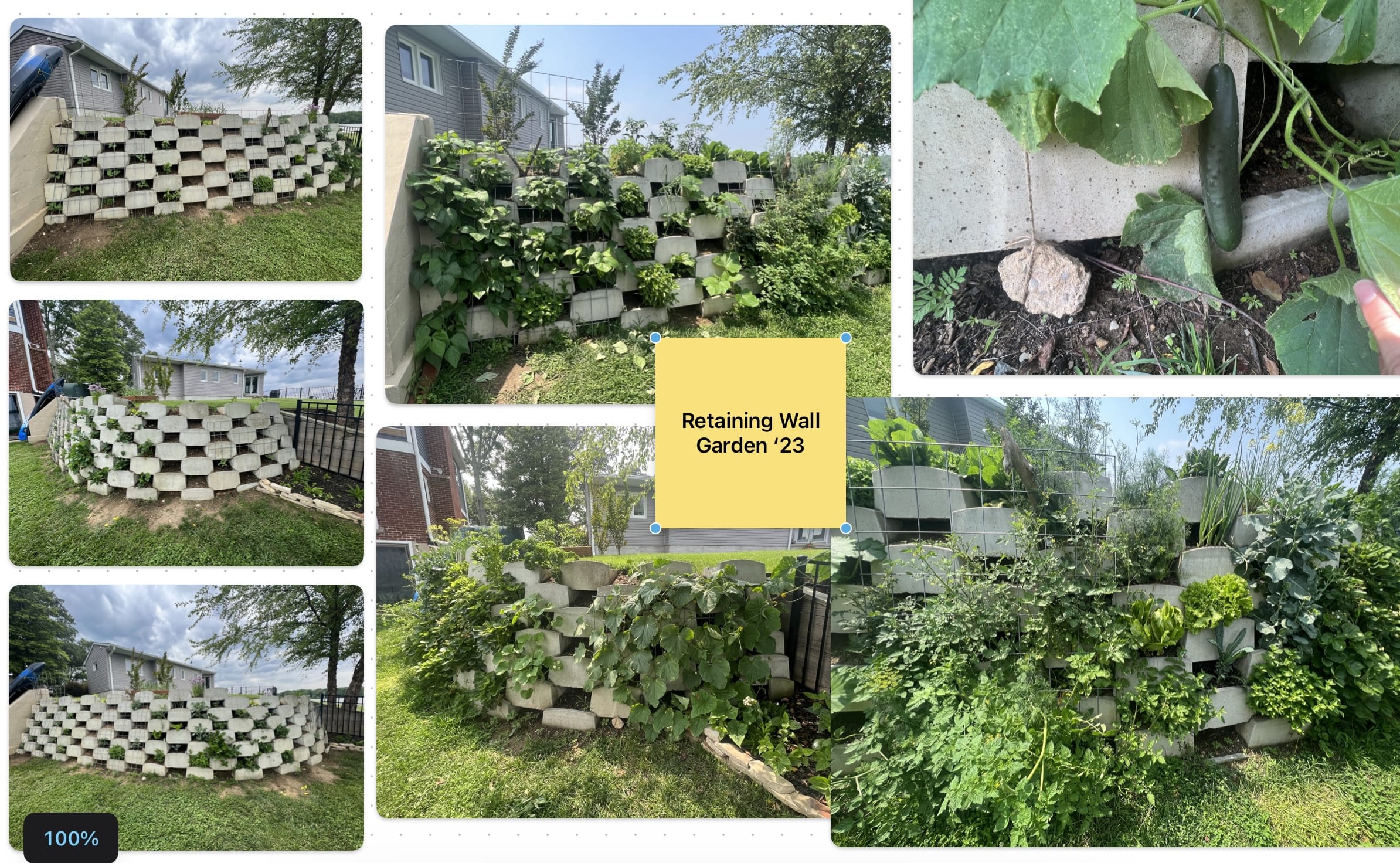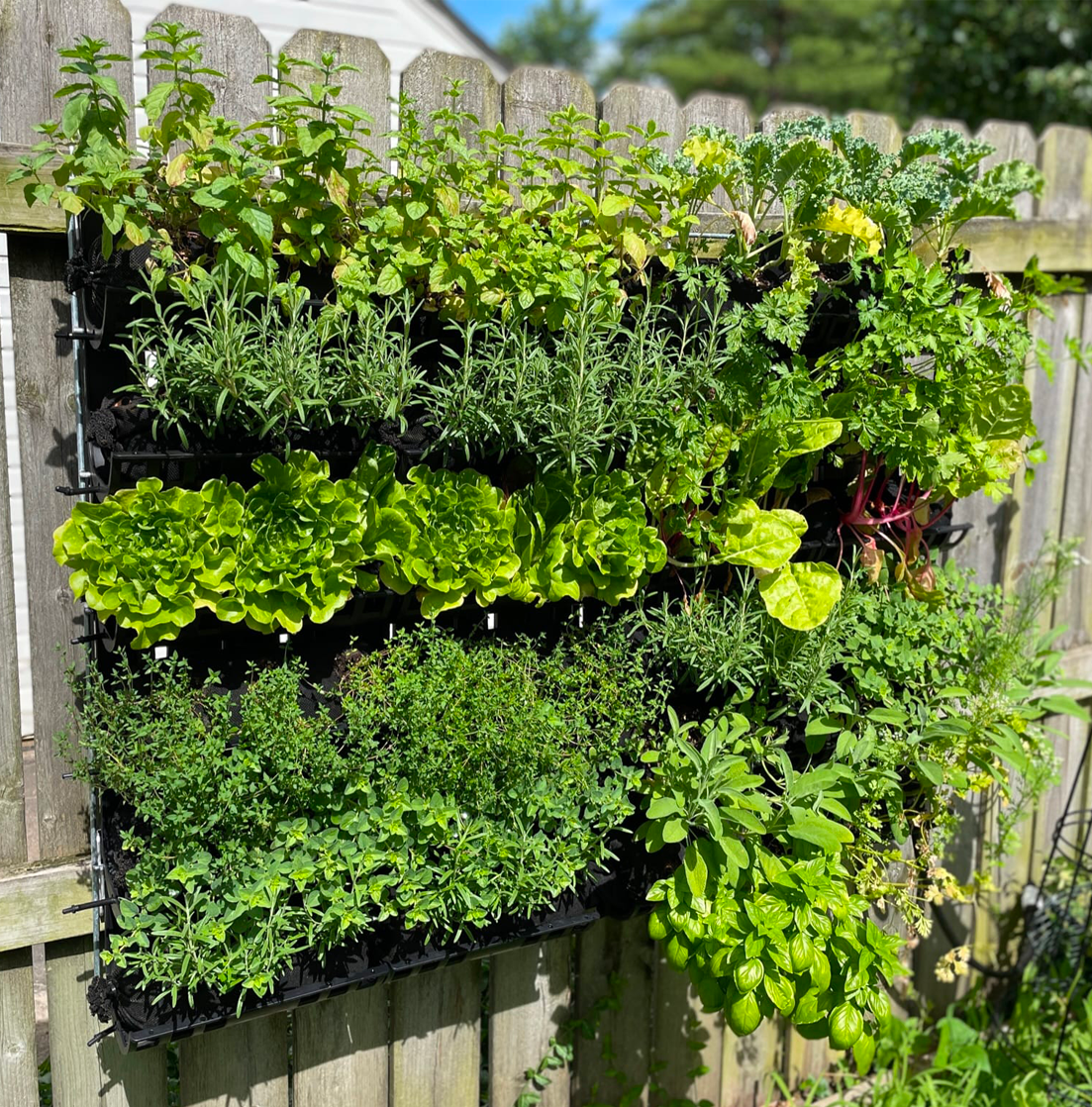Food as Medicine for the Modern Gardener
We all know that food is essential for our survival. But did you know that what you eat can also play a role in preventive medicine? That’s right, the food you consume can be used as a form of medicine to help ward off disease and illness. And what better way to get your hands on fresh, nutritious food than by growing it yourself? Gardening is not only a great way to get some exercise and enjoy the outdoors, but it can also be a therapeutic activity that has numerous health benefits. However, many of us do not have the space to garden or even the time to garden in our increasingly urban world. Vertical gardening can be a solution and its not only space saving but time saving as well. So, let’s take a closer look at how food can be used as medicine for the modern gardener.

Kids vertical gardening
The Health Benefits of Gardening
Gardening has been shown to have a number of health benefits, both mental and physical. For starters, gardening gets you outside in the fresh air and sunshine, which are essential for your overall health. Sunshine helps your body produce vitamin D, which is important for strong bones and a healthy immune system. Fresh air helps improve your lung function and reduces stress levels. In fact, studies have shown that spending time in nature can lower blood pressure, heart rate, and cortisol levels (the stress hormone). The same holds true for gardening vertically, whether its a balcony garden or patio garden and even indoor vertical gardening. Vertical gardening in soil is possible and will yield the best taste and nutrition of the leafy greens and herbs grown on a “wall planter” or fence mounted vertical garden.
In addition to the physical benefits of gardening, there are also mental health benefits to consider. Studies have shown that gardening can help reduce anxiety and depression while also improving mood and cognitive function. Gardening can also help improve social interactions and reduce isolation. Every gardener has their favorite plants and trading or sharing with friend and neighbors is fun and rewarding. So, if you’re looking for an activity that will improve your overall health and wellbeing, look no further than gardening and if short on space, give vertical gardening a try!

Indoor garden harvest
Food As Medicine
Now that we know all of the amazing health benefits of gardening, let’s take a look at how growing your own food can be used as medicine. The first step is to choose nutrient-rich foods that will offer the most benefit to your health. You may want to follow our Instagram feed for fun looks at how we grow food in small spaces and unusual places to get your creativity moving. of the best foods to grow for their medicinal properties include: ( vertical options bolded )
• Herbs: Basil, ginger, lavender, mint, oregano, rosemary, thyme
• Fruits: Blueberries, cherries, oranges, strawberries
• Vegetables: Broccoli, kale, spinach
• Legumes: Beans, peas
• Grains: Quinoa, oats
These foods and many others contain compounds that have been shown to offer a host of health benefits including reducing inflammation, boosting immunity, fighting disease-causing bacteria and viruses, promoting digestion and gut health, reducing stress levels, and more. So make sure to include plenty of these nutrient-dense foods in your garden or vertical garden!
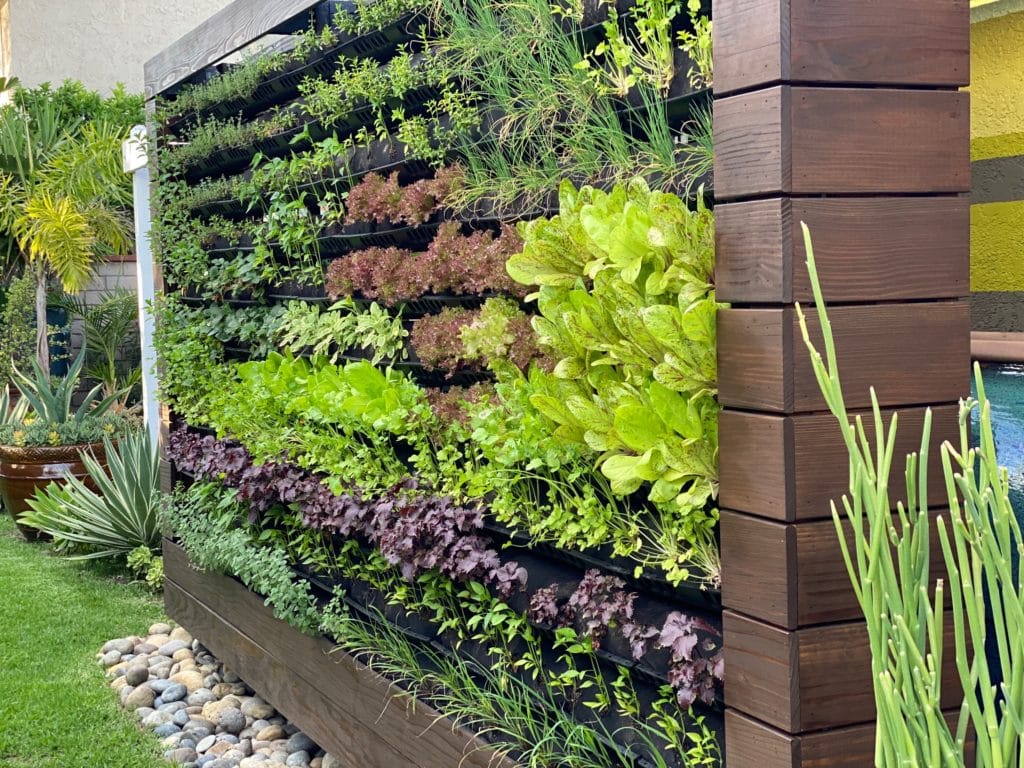
Large vertical garden
The Rebirth of Gardening
Gardening is not only a great way to get some exercise and enjoy the outdoors—it can also be therapeutic activity with numerous health benefits. And when it comes to using food as medicine for the modern gardener, there are plenty of nutrient-rich foods to choose from that offer a host of health benefits including reducing inflammation , boosting immunity , fighting disease-causing bacteria and viruses , promoting digestion and gut health , reducing stress levels , etc . So make sure to include plenty of these powerhouse foods in your garden! A vertical garden can be the perfect way to start small and expand as your gardening skills increase and sharing the experience with children will encourage them to eat more veggies and appreciate where their food comes from. You may want to browse our library of helpful blogs posts for additional topics and information. Happy planting!
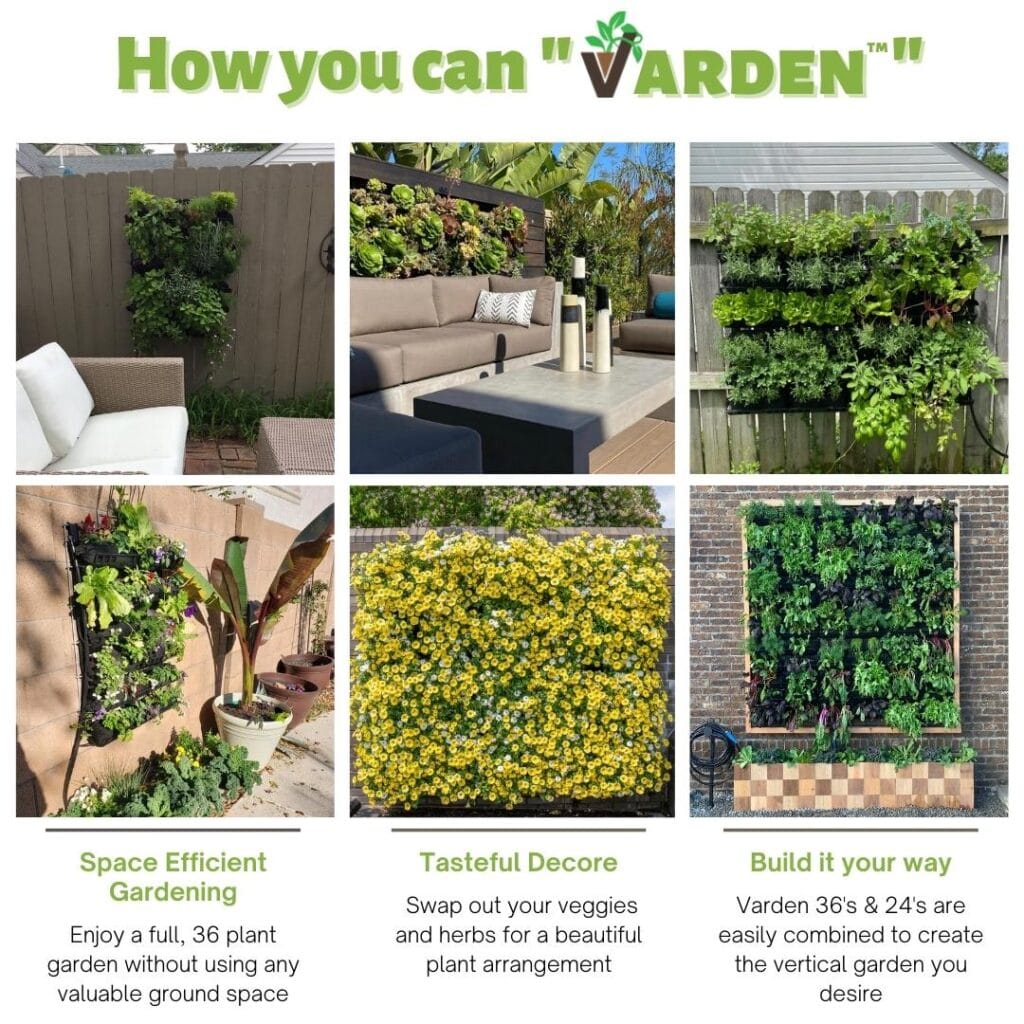
Varden Everywhere
